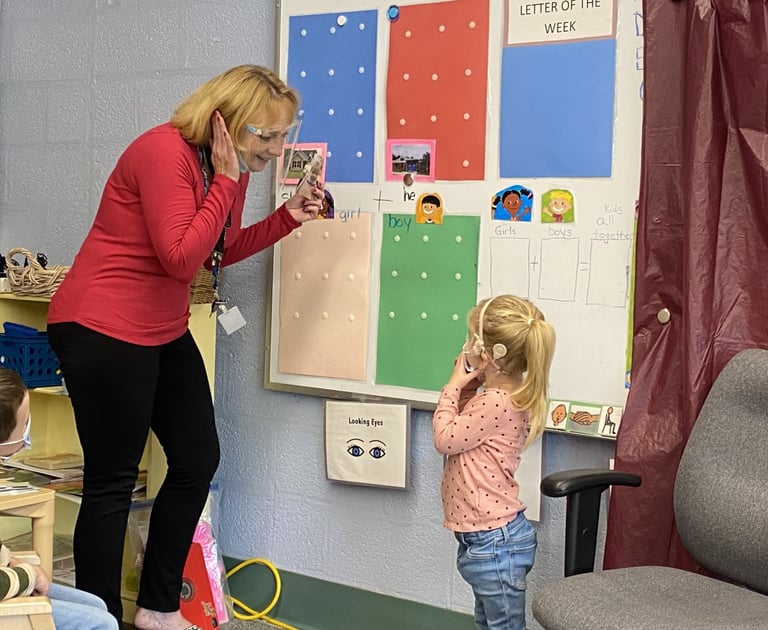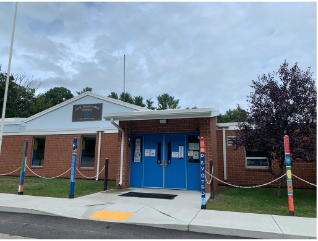History of the RIAOP
Every year, 2-3 out of every 1,000 infants are born with a hearing loss of some type. 90% of these children (as well as children with hearing loss acquired at any time) are born to hearing parents. Historically, forms of manual communication, such as American Sign Language, had been extremely common among individuals with hearing loss in the United States. With advances in medical technologies that included the 1990 approval by the FDA of cochlear implants for children, parents were presented with additional options for communication modalities for their children, one of which is Listening and Spoken Language.
Despite the approval of this technology, an educational option that focused on the use of these devices to access instruction, and the therapies required to optimize their success, did not exist for these children in Rhode Island.


In the later 1990s and early 2000s, the RI Department of Education, in response to families who found themselves in this situation, assembled a task force to investigate the issue. The task force was comprised of professionals and experts in the area of Oral Deaf Education, as well as parents of deaf children. Following the recommendations presented by the task force, RIDE secured a grant from the Oberkotter Foundation and the Alexander Graham Bell Association for the Deaf and Hard of Hearing, and in April of 2005, in conjunction with the Rhode Island School for the Deaf and public school districts from around the state, the Rhode Island Auditory Oral Program was created.
Over the next few years, as the program became more established, fiscal and administrative management was transferred over to the Northern RI Collaborative, until its dissolution in June 2023. Following NRIC's dissolution, the Foster School Department stepped in as the fiscal and administrative manager of the program, continuing to build on the relationship with the RI Auditory Oral Program that was first established in the fall of 2020, when the school-based portion of the program took up residence in the district at Captain Isaac Paine Elementary school, where the program continues to be housed today.


© 2024. All rights reserved.
RI Auditory Oral Program
Located at Captain Isaac Paine Elementary School
160 Foster Center Road
Foster, RI 02825
(401)952-8025
(401)647-5100 (office)
(401)647-3750
